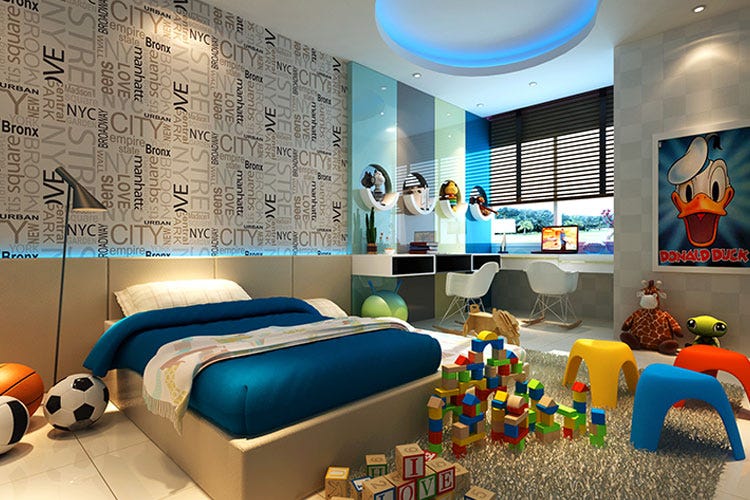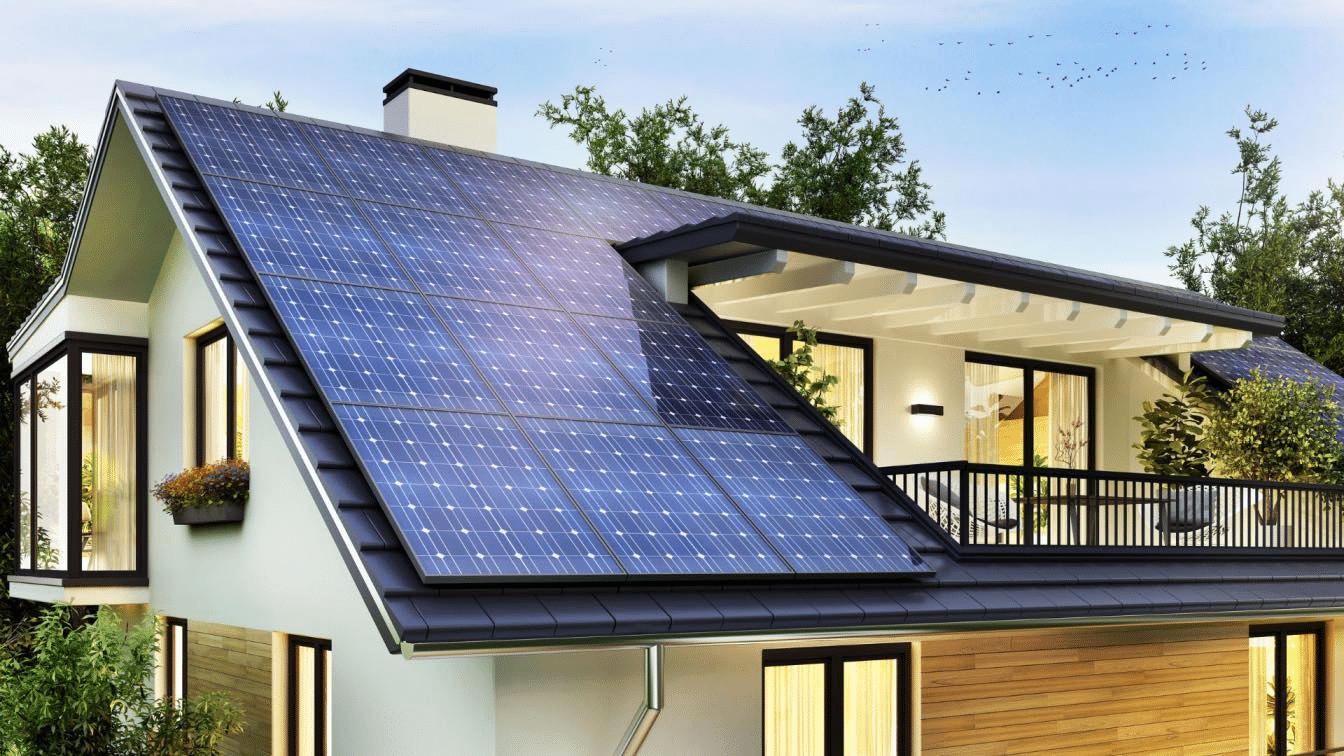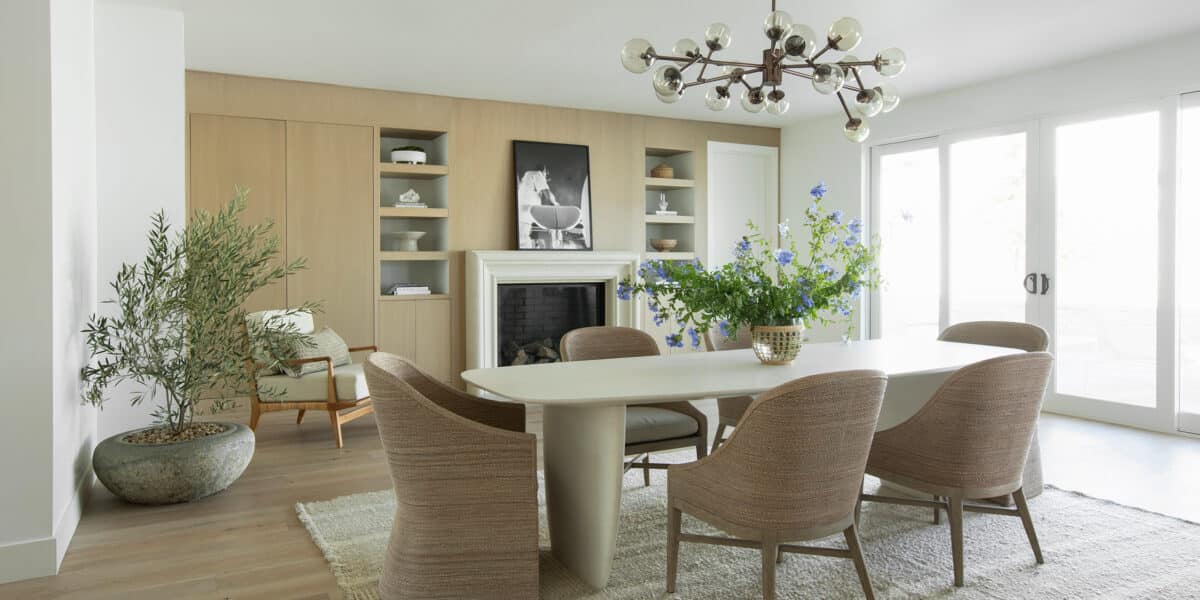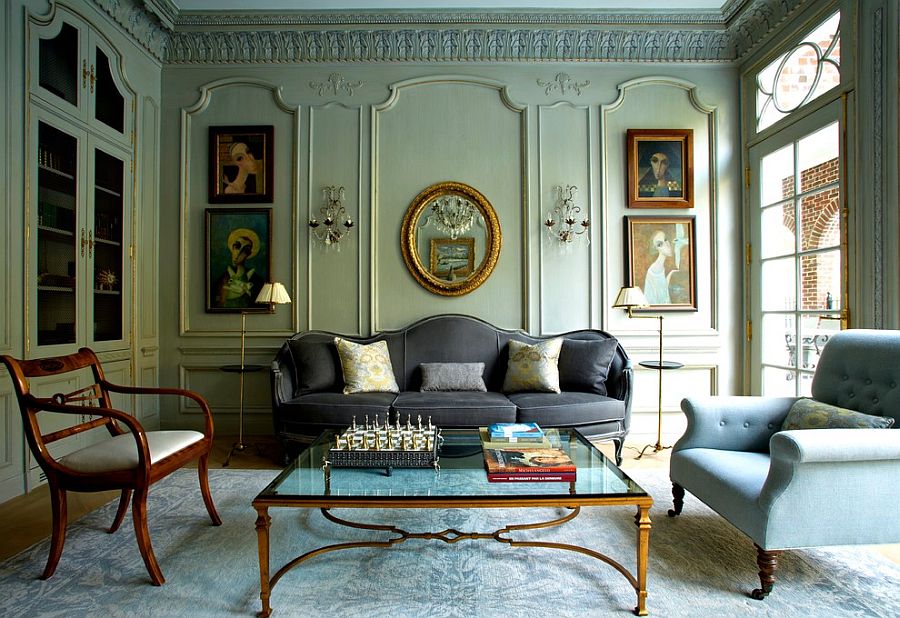The Impact of Home Design on Children’s Learning and Development
Each child is unique. They have personal preferences, tastes, and needs from their rooms. Such needs are especially important for their development and learning processes. Adapting the design to match their preferences and developmental needs is key to creating an enriching living space that promotes their growth and ensures comfort. Let’s see what impact your home design can have on a child, how to do best with your interior design decisions, and what effect that has on your child’s development.
Learning Spaces
Dedicating specific areas for learning activities, such as a study room or a quiet reading corner, creates a sense of routine and purpose. Having a designated space for learning helps children associate that environment with focused tasks, like learning, thinking of good topics for an informative essay, or reading.
This can improve their concentration and time management skills. A well-designed learning space should have appropriate educational materials, books, and technology needed for children’s progress.
Color and Aesthetics
Colors have a psychological impact on individuals. Bright and stimulating colors, such as blues and yellows, can evoke feelings of energy and excitement, making them suitable for playrooms or creative spaces.
Consider using calming colors like greens and soft blues to promote relaxation and sleep in bedrooms and quiet areas. The aesthetics of a space can also contribute to a child’s creativity and imagination, as a visually appealing environment can spark their curiosity.
Organization and Order
An organized home promotes a sense of structure and routine. When children have designated spaces for their belongings and activities, they learn valuable skills like categorization, planning, and responsibility. These skills will help them adapt in learning sessions, stay on top of things, always know how to beat Turnitin in essay writing, and more. Plus, an organized environment reduces distractions, helping children concentrate better on their tasks.
Open Spaces for Play and Rest
Physical play is crucial for children’s gross motor development and social skills. Designating spaces for play encourages active movement, imaginative play, and social interaction. Indoor play areas may include climbing structures for physical activity, bean bags for rest, and art stations for creativity. Outdoor spaces with swings, slides, and play equipment offer opportunities for fun time and improvised play.
In addition, quiet retreats are necessary for children to have moments of solitude and rest. These areas provide an opportunity for children to process their emotions, practice mindfulness, and regulate their feelings. Encourage your children to spend time in these quiet zones by creating a welcoming atmosphere.
Lots of soft cushions, textiles of their favorite prints and colors, and maybe greenery can promote a comforting and calming atmosphere they’d love to enjoy after a study session. Such zones will become ideal places to relax, find inspiration when thinking of informative essay ideas, or engage in quiet activities like reading or drawing.
Technology Integration
Balanced technology integration involves creating spaces that facilitate both screen-based learning and offline activities. Designing a technology corner with age-appropriate devices and educational apps can introduce children to digital resources. Such introduction to technology will teach them about safe and appropriate use, including relying on management apps or learning how to get around Turnitin in writing. Just make sure they know their screen time limits and use devices to promote creativity and learning.
Personalization
Let your children personalize their own spaces. Such a change will promote a sense of identity and self-expression. They may look for colors, desired furniture, small design choices like artwork, and other decor to hang on walls, etc. Such an opportunity will grant them a sense of control over their space, boost a sense of comfort and safety, and encourage creativity.
Multisensory Stimulation
A home that engages multiple senses can enhance children’s sensory development and cognitive abilities. It sounds difficult, but in reality, such a concept is easy to achieve. To stimulate tactile senses, consider using various textured materials, such as soft rugs or textured wallpaper.
Provide musical instruments or make listening to music a daily practice to engage the auditory senses. Consider aromatherapy diffusers to introduce new pleasant scents. Lastly, include visual elements like artwork to encourage visual stimulation. Multisensory experiences will contribute to the brain development of your children.
Social Spaces
Designing social spaces encourages family bonding, communication, and the development of social skills. For instance, a dining area where family members gather for meals becomes a space for conversations and shared experiences, which enhances social engagement. Additionally, having spaces for group activities like board games, movie nights, or creative projects fosters cooperation, empathy, and conflict resolution among siblings and friends.
Flexible and Adaptable Spaces
Designing flexible and adaptable spaces allows your home to evolve with your child’s changing needs and interests. Multi-functional furniture, such as foldable desks or modular seating, can transform a space from a study area to a play zone. This approach also encourages collaboration and compromise among siblings as they learn to negotiate the use of shared spaces for different purposes.
Bottom Line
Home design plays a vital role in shaping children’s learning and development. A well-designed home provides a nurturing and stimulating environment for children. They find it more comforting, stimulating, and safe. Thus, such an environment can support their emotional and social needs, as well as personal growth. As a parent, you should consider these factors when designing your house or arranging a child’s room to create an environment that fosters optimal development for your children.







